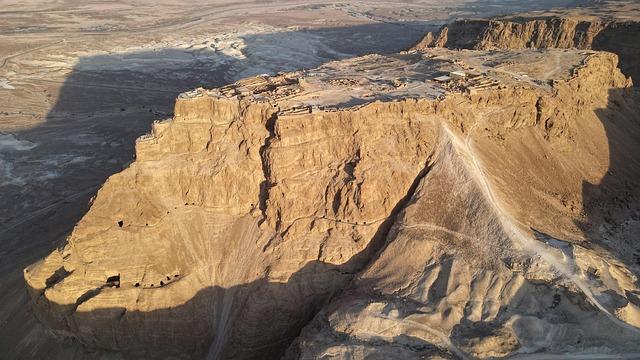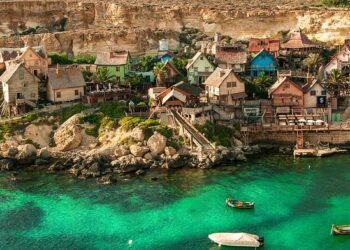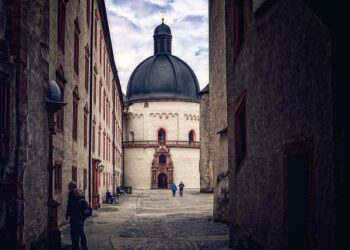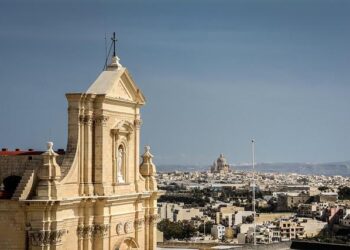step back in Time: 10 Beautiful Historic Sites to Visit in Malta
Nestled in the heart of the Mediterranean, Malta is a treasure trove of history, culture, and stunning landscapes. With a past that spans thousands of years, this island nation boasts a rich tapestry woven from the influences of various civilizations, including the Phoenicians, Romans, Knights of St. John, and the British. From ancient temples and fortified cities to baroque churches and majestic palaces, Malta’s historical sites reflect the architectural grandeur and stories of its bygone eras. In this article, we will guide you through ten of the most beautiful and notable historic sites to visit in Malta, offering a glimpse into the island’s captivating past and vibrant heritage. Whether you’re a history enthusiast or a casual traveler, these sites promise to enchant and educate, making your visit to Malta a truly unforgettable journey through time.
Exploring the Charms of Vallettas UNESCO World Heritage Sites
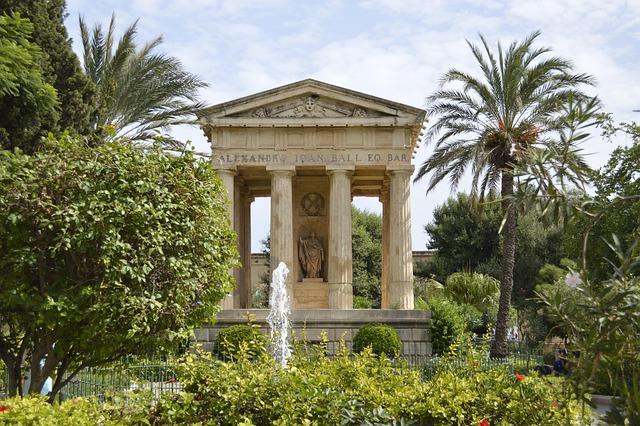
Valletta, the capital city of Malta, is renowned for its rich tapestry of history, art, and architecture. As a UNESCO World Heritage Site, it stands as a testament to the nation’s storied past, prominently featuring baroque structures, stunning palaces, and grand churches. highlights include the magnificent St. John’s Co-Cathedral,which boasts intricate marble tombs and a breathtaking Caravaggio painting,and the Grand Master’s palace,a sumptuous building dating back to the 16th century that showcases the opulence of the Knights of St. John. Strolling through Valletta’s narrow streets, visitors will encounter charming squares and bustling cafes, each whispering tales from the past.
Beyond the architectural marvels, Valletta also serves as a cultural hub, offering a glimpse into Malta’s diverse heritage. The National Museum of Archaeology houses significant antiquities, showcasing the island’s prehistoric artifacts, while the Upper Barracca Gardens provide a serene escape with stunning views of the Grand Harbour. Each site encapsulates a piece of Malta’s identity, from the stunning views offered by the Saluting Battery to the historical footprints left by various eras. Valletta’s UNESCO status not only protects these treasures but also enhances the experience for those eager to dive deep into the history that shaped this vibrant city.
The Architectural Wonders of Mdina and Rabat
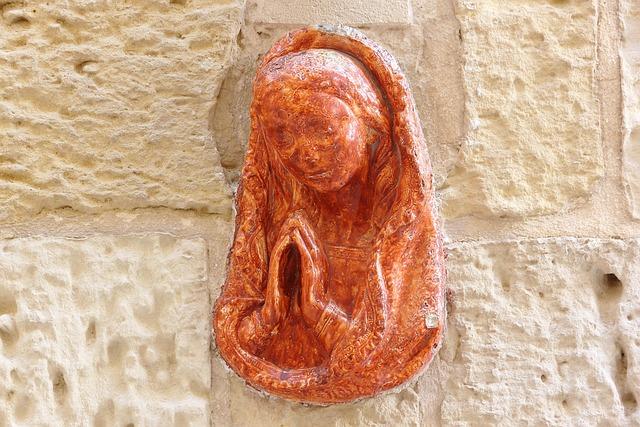
the magnificent ancient city of Mdina, often referred to as the “Silent City,” captivates visitors with its blend of medieval and baroque architecture. Enclosed within fortified walls, Mdina boasts narrow, winding streets that led to stunning vistas and historic buildings, each with a tale to tell. must-visit sites include the St. Paul’s Cathedral, known for its impressive dome and intricate interior, and the palazzo Falson, a medieval mansion that showcases a rich collection of art and antiques. The vast range of architecture not only reflects the city’s illustrious past but also provides a serene escape for those wanting to immerse themselves in history.
Equally alluring, the neighboring town of Rabat is a treasure trove of historical artifacts and sites. Hear, you can explore the Catacombs of St. Paul, an extensive underground burial complex dating back to the Roman period, offering a haunting glimpse into early Christian life. Additionally, the Domus Romana reveals remnants of a Roman villa complete with beautifully preserved mosaics. don’t miss the chance to stroll through the charming streets, where each corner reveals breathtaking balconies and plaque-adorned walls that echo the narratives of bygone eras.
| Site | Description |
|---|---|
| St.Paul’s cathedral | Imposing baroque design with an ornate interior. |
| Palazzo Falson | Medieval mansion filled with art and historical collections. |
| catacombs of St. Paul | Ancient burial site that reflects early Christian heritage. |
| Domus Romana | Roman villa with elaborate mosaics. |
Diving into Maltas Prehistoric Temples

Malta is home to some of the world’s oldest free-standing structures, with its prehistoric temples dating back to 3600 BC.These remarkable sites offer a glimpse into the lives of ancient civilizations and their architectural prowess. Among the most notable temples, you’ll find:
- Ħaġar Qim: Overlooking the shimmering Mediterranean, this temple is known for its large megalithic stones and intricate carvings.
- MÄ arr ix-Xini: A site less frequented by tourists, it showcases unique stone structures and a beautiful surrounding landscape.
- Tarxien Temples: Renowned for their elaborate decorative sculptures, these temples provide deep insights into the spiritual rituals of the prehistoric Maltese.
- Skorba Temples: An archaeological gem featuring the remains of two distinct temple phases, showcasing the evolution of prehistoric architecture.
Visiting these ancient sites is not merely an exploration of history; it is an invitation to marvel at the sophisticated engineering and artistic expression of a bygone era. Each temple serves as a testament to the religious and agricultural practices of Malta’s early inhabitants. To deepen your understanding, consider exploring a table that outlines key features of these incredible sites:
| Temple Name | location | Year Discovered |
|---|---|---|
| Ħaġar Qim | Qrendi | 1839 |
| Tarxien Temples | tarxien | 1914 |
| Skorba Temples | Skorba | 1962 |
The Allure of Fort St. Angelo and Historic Maritime Tales
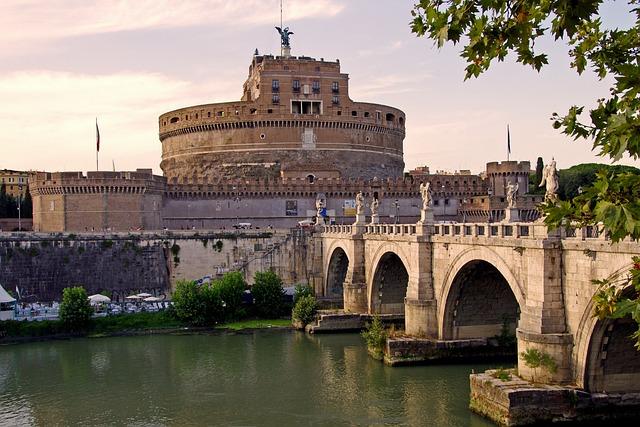
Perched majestically on the shores of the Grand Harbour, Fort St. Angelo is a stunning testament to Malta’s storied maritime legacy. originally built by the Knights of St. John in the 16th century, this fortress has witnessed numerous battles and sieges, serving as a crucial maritime stronghold over the centuries. During your visit, you can explore its labyrinthine corridors and discover the intricacies of its architecture, which boasts features such as impressive bastions, sniper points, and a well-preserved chapel. Engaging guided tours reveal interesting tales of the fort’s pivotal role during the Great Siege of 1565 and its strategic importance through World war II.
Visitors to Fort St. Angelo will also find themselves immersed in gripping maritime tales that speak to Malta’s identity as a hub of naval history. Through interactive exhibits and displays, you can learn about the lives of those who defended these walls, the infamous battles fought on the surrounding waters, and the trade routes that shaped the island’s economy.Don’t miss the opportunity to relax in the charming courtyards, where you can enjoy panoramic views of Valletta and the shimmering harbour below. To enhance your visit, consider these key points:
- Guided Tours: Expert-led tours that offer deep insights into the fort’s history.
- Panoramic Views: Stunning vistas over the harbor and the cityscape.
- Historical Exhibitions: Displays that bring Malta’s maritime past to life.
Restoring the Past: The Importance of Malta’s Conservation Efforts
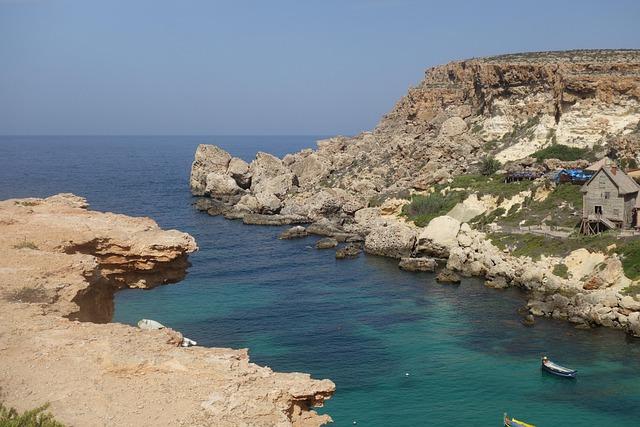
Malta boasts a rich tapestry of history, woven intricately into its cities and landscapes. The island is home to numerous historic sites, many of which are not only visually stunning but are also a testament to centuries of cultural exchange and architectural innovation. Conservation efforts on the island play a crucial role in protecting these sites from the ravages of time and human activity. By prioritizing restoration initiatives, the Maltese government and various NGOs ensure that future generations can experience and learn from these precious cultural landmarks.
The importance of these conservation endeavors extends beyond aesthetics; thay contribute significantly to the local economy through tourism and heritage education. Preserving sites such as St.John’s Co-Cathedral and the Hypogeum of Ħal-Saflieni allows Malta to maintain its identity while also encouraging enduring tourism. Some key conservation efforts include:
- Regular Maintenance: Ensuring structural integrity through routine evaluations and repairs.
- Community Involvement: Engaging locals in preservation activities fosters a sense of ownership and pride.
- Educational Programs: Implementing workshops and guided tours that raise awareness about the meaning of historic sites.
Cultural experiences and Local Insights at Heritage Sites
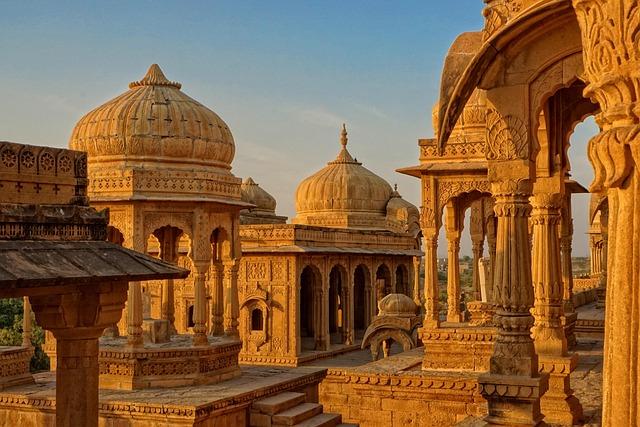
Exploring malta’s historic sites provides a window into the rich tapestry of cultures that have influenced the island. As visitors wander through the ancient streets of mdina or delve into the stunning architecture of Valletta, they encounter stories interwoven with the remnants of the past.Local guides, often descendants of families who have lived on the island for generations, offer unique perspectives and anecdotes that transcend mere sightseeing. Engaging with these passionate residents allows travelers to appreciate not only the visual splendor of landmarks but also the emotional resonance of the heritage they represent.
Attending customary events or participating in local crafts workshops at these sites enhances the cultural experience. Visitors can enjoy:
- Gozitan Festas – Celebrating patron saints with vibrant processions and fireworks
- Traditional maltese Cuisine – cooking classes featuring local ingredients and time-honored recipes
- Artisanal Markets – Showcasing local artisans and their crafts, providing insights into the island’s creative heritage
These experiences not only deepen understanding but also foster genuine connections between travelers and the unique Maltese culture, ensuring that memories created here will last far beyond the trip itself.
In Summary
As our journey through Malta’s rich tapestry of history comes to a close, it’s clear that this Mediterranean gem offers more than just stunning vistas and sun-soaked shores. Each of the ten historic sites we’ve explored invites travelers to step back in time, immersing themselves in the stories and traditions that have shaped the maltese identity over centuries. from ancient temples and battle-scarred fortifications to charming villages and vibrant cultural landmarks, Malta presents a unique blend of history that resonates deeply with all who visit.
Whether you’re a seasoned history enthusiast or a casual observer,these sites remind us of the importance of preserving our heritage and understanding the past.As you plan your next adventure to Malta, let this list be your guide to uncovering the secrets and splendors of a land steeped in history. So pack your bags, prepare to wander through time, and experience the beauty and intrigue that await at every turn in this captivating archipelago.


